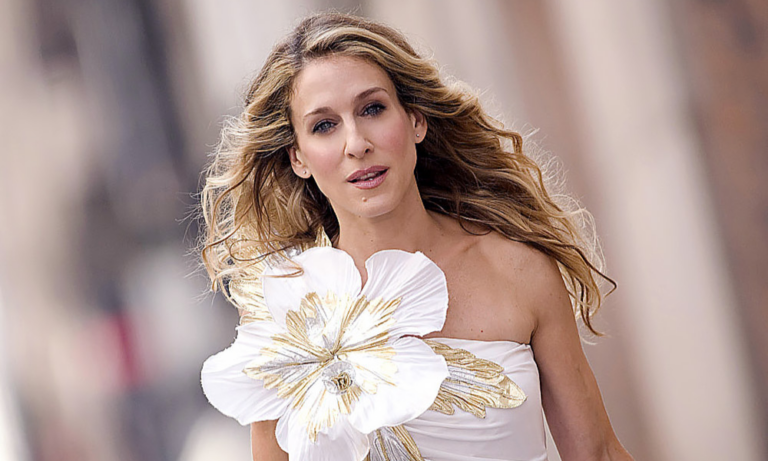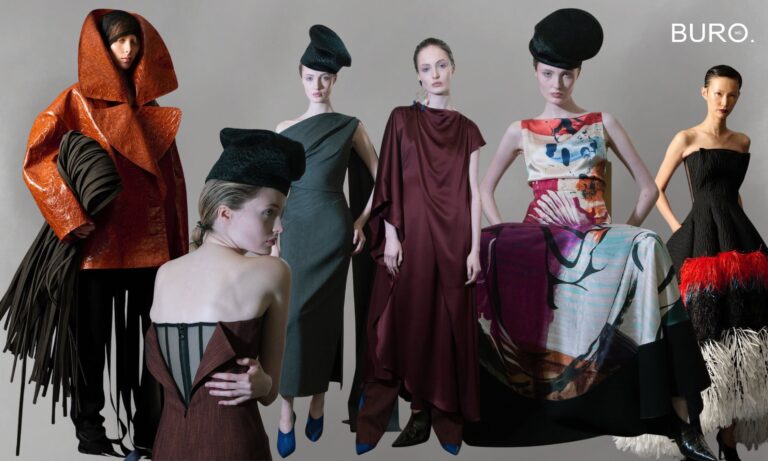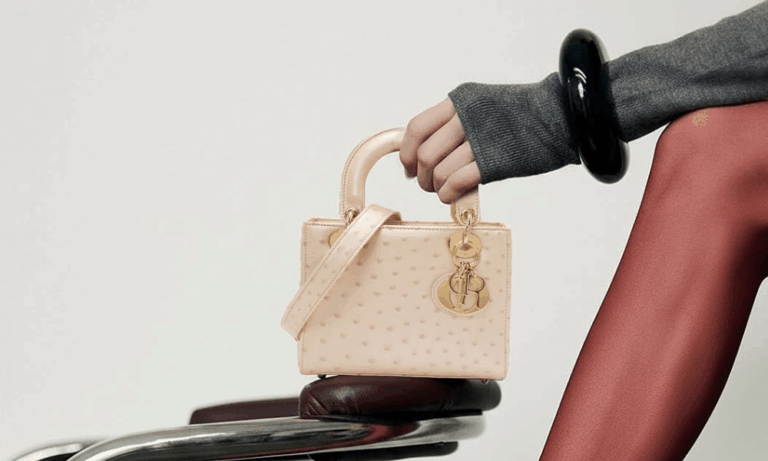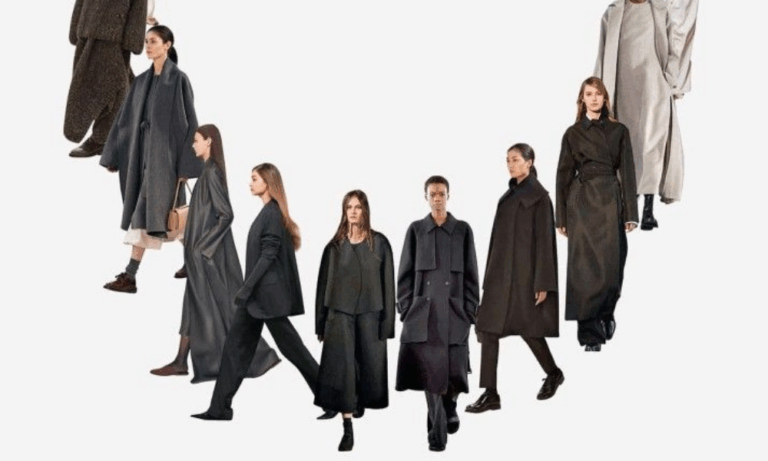There’s something innately poetic — almost spiritual — about fashion in a historic setting. And few houses understand that better than Louis Vuitton. For its Cruise 2026 collection, the Maison transformed the Cour d’Honneur of the Palais des Papes in Avignon into a stage where fashion, emotion, and theater merged into a powerful performance. It wasn’t just a show. It was a narrative — a tale woven from fabric, silhouette, and centuries of artistic memory.
A Stage Steeped in History
The choice of the Palais des Papes, a towering Gothic masterpiece and symbol of ecclesiastical power turned cultural sanctuary, was a masterstroke. The venue is synonymous with the Avignon Theatre Festival, where passions run high and avant-garde expression is the norm. By bringing Cruise 2026 to this space, Louis Vuitton didn’t just support the arts — it became art itself, blurring the lines between fashion and performance.
This isn’t the first time fashion has flirted with theatre. In fact, history is rich with examples: Paul Poiret’s lavish costume parties in the early 20th century, Elsa Schiaparelli’s collaborations with Salvador Dalí, and even Alexander McQueen’s emotionally raw runway shows. These moments weren’t just about clothes; they were about feeling. And that’s exactly what Nicolas Ghesquière has tapped into here — the emotional power of dressing up.
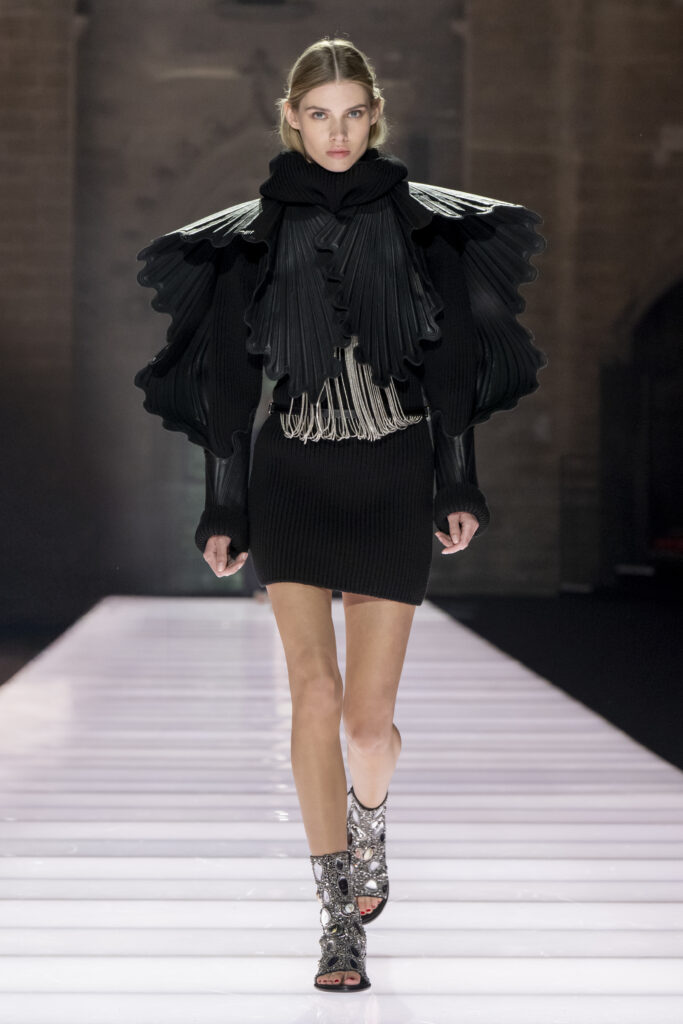
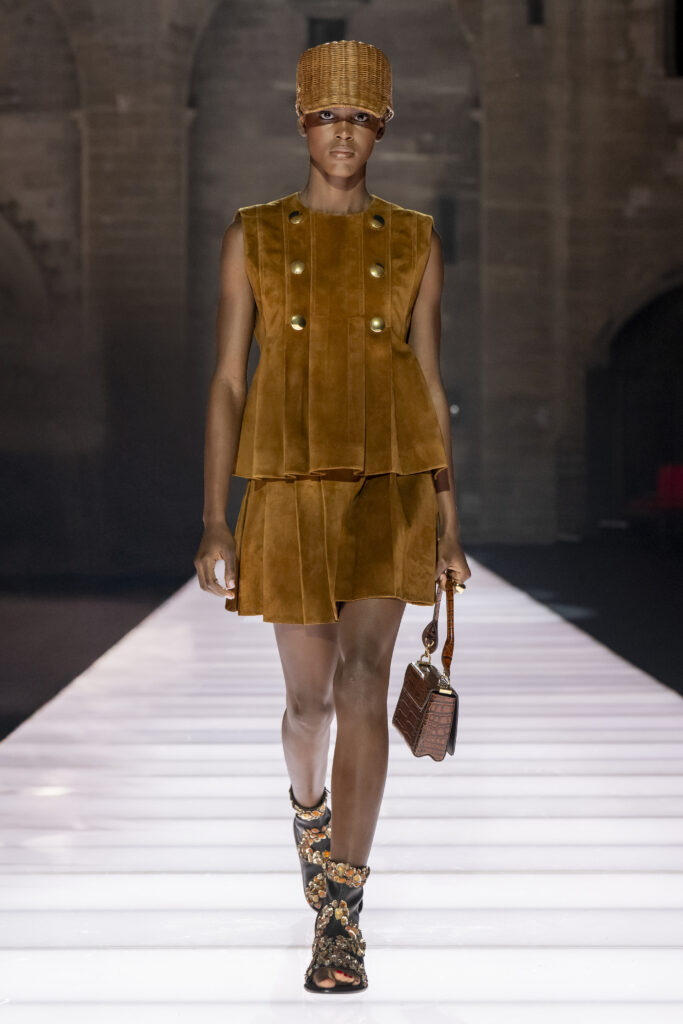
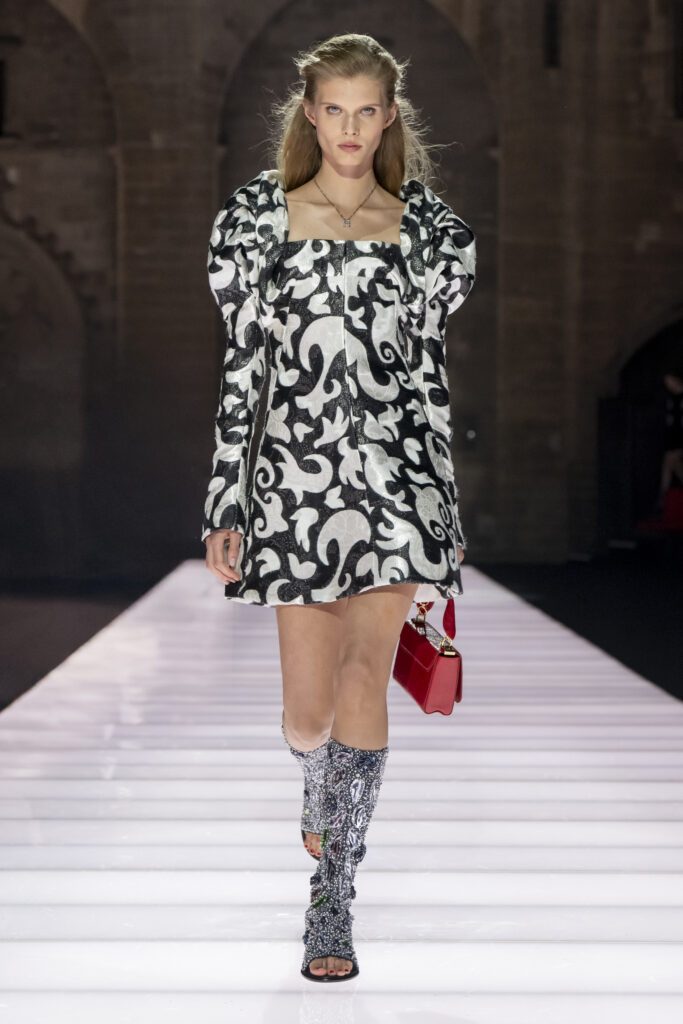
Clothing as Character
Ghesquière’s Cruise 2026 collection is a meditation on the performative nature of clothing — how garments can morph mood, posture, even identity. The silhouettes were sculptural and dramatic, yet wearable. Capes billowed like curtains, metallic textures caught the Provençal light like spotlight hits, and corsetry hinted at historical theatrical costume while feeling futuristic.
It’s a collection that evokes what fashion historian Valerie Steele once described as “clothing as a form of magical transformation.” Think of Marie Antoinette’s elaborate gowns that doubled as propaganda, or the rebellious flapper dresses of the 1920s that gave women freedom in motion — this collection channels that same spirit of wardrobe as weapon and whisper.
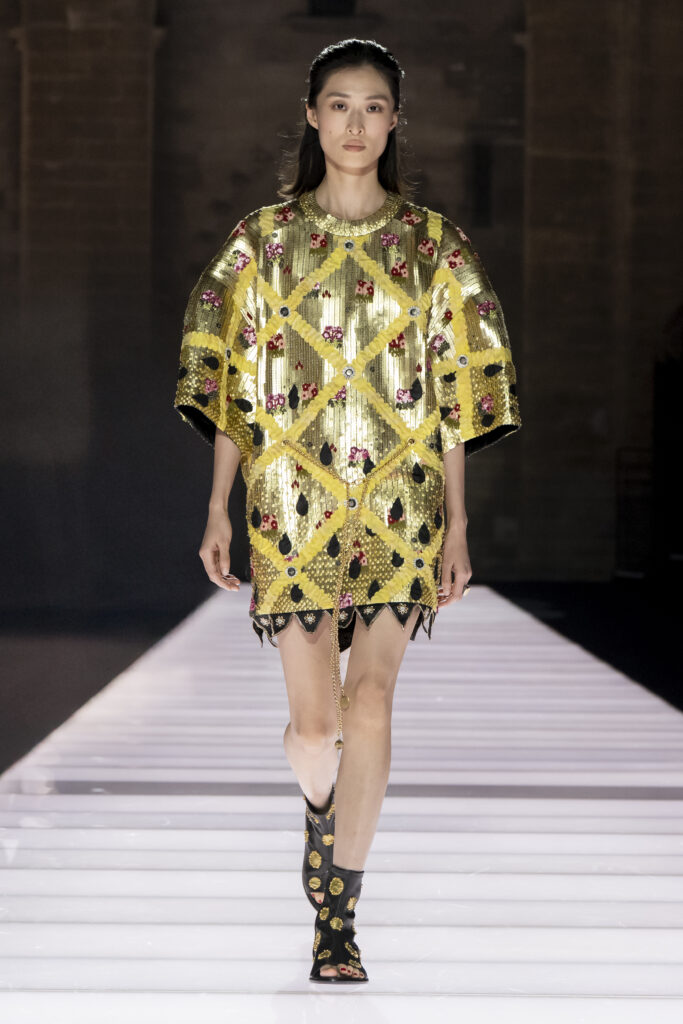
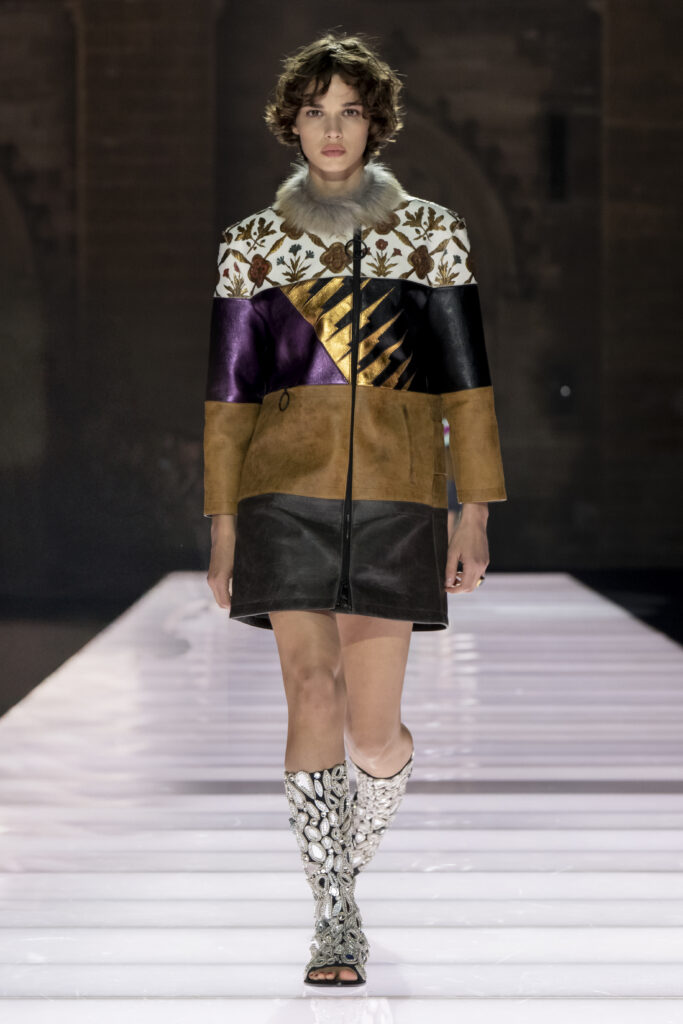
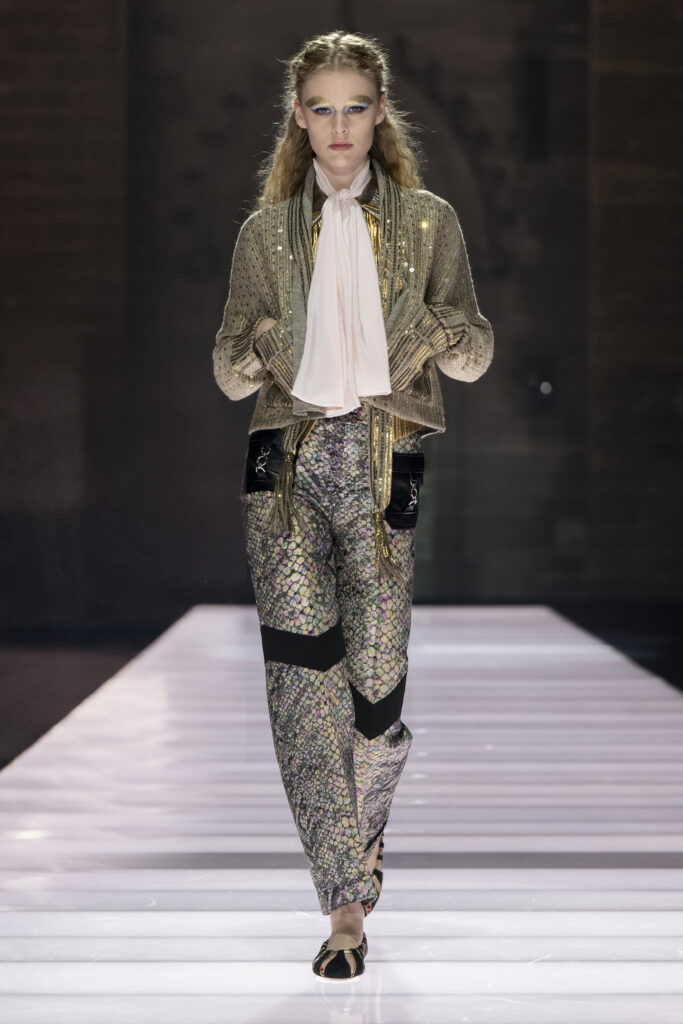
The Narrative Power of the Wardrobe
There’s a reason people say “costume drama” instead of just “drama.” Clothes tell stories. Louis Vuitton’s narrative this season is about the alchemy of style — how what we wear becomes an extension of our inner world. Each piece on the runway felt like a character: bold, enigmatic, poetic. Some looked like they could be worn by a modern-day knight; others seemed tailored for a futuristic priestess of style.
This performative framing also feels timely. In a world of social media and visual storytelling, our outfits are no longer just what we wear; they’re who we present ourselves to be. Ghesquière gets that. He gives us garments that don’t just dress — they express.
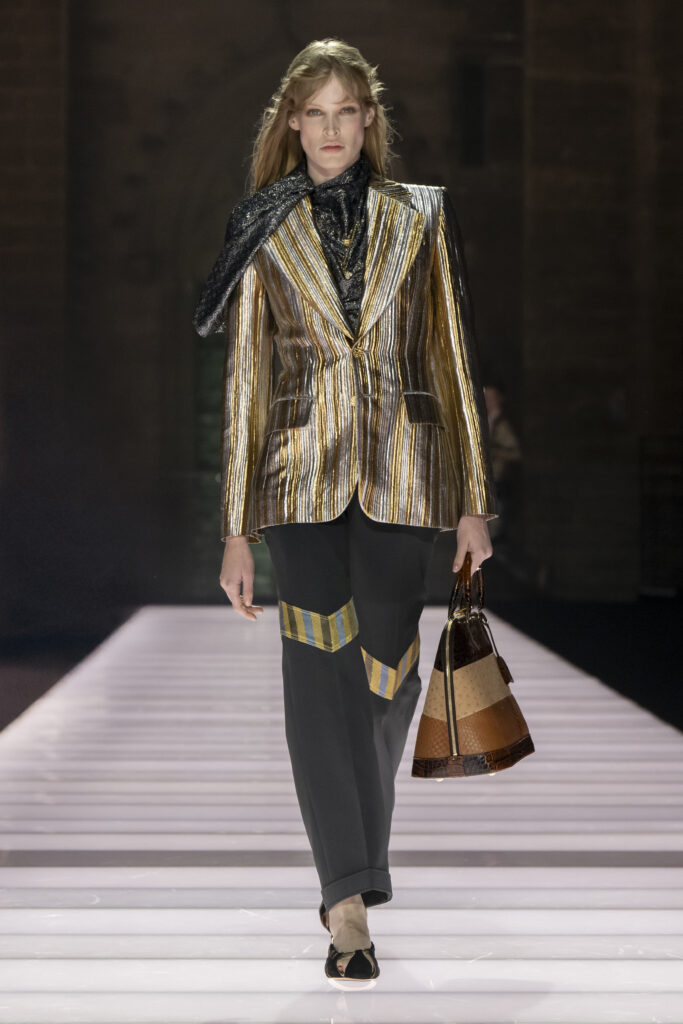
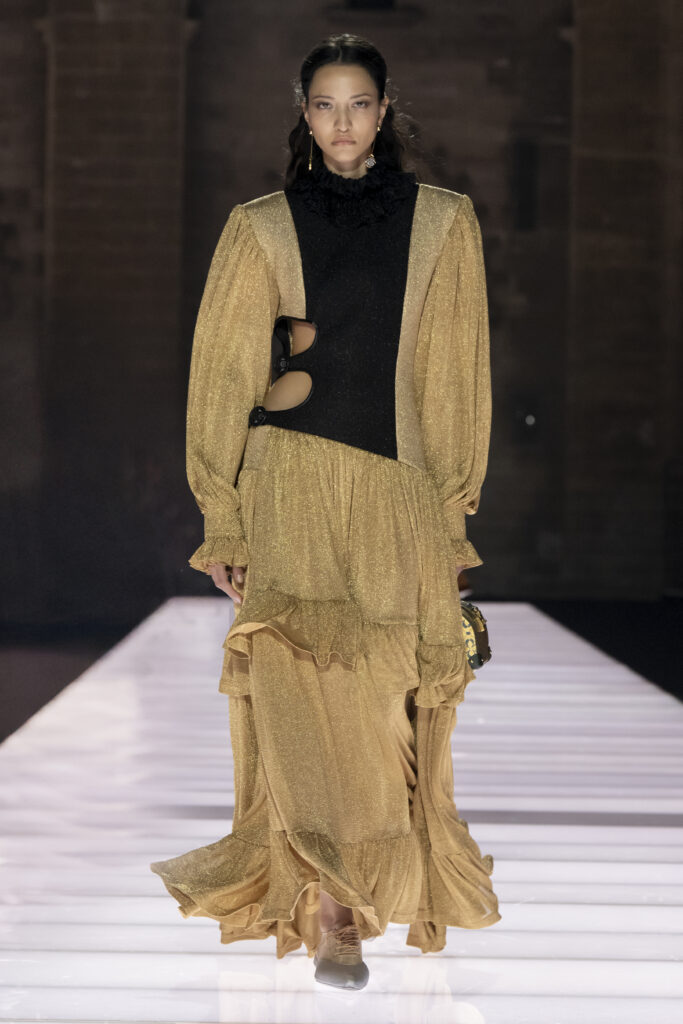
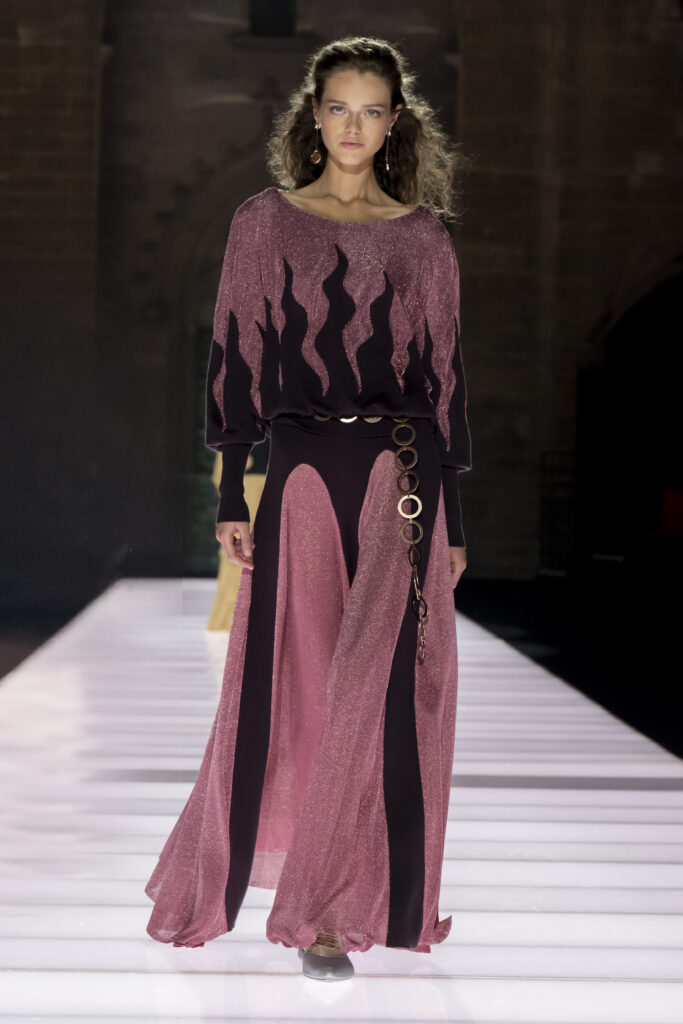
My Take: A Welcome Return to Fashion as Art
In recent years, we’ve seen fashion lean into wearability, sustainability, and minimalism — all important evolutions. But part of me missed the theatricality of the past, the grandeur of the Galliano years, the cinematic drama of early McQueen, and even the audacity of Thierry Mugler. Cruise 2026 is a reminder that fashion doesn’t have to choose between art and commerce, poetry and product. It can be both.
With this show, Louis Vuitton isn’t just designing clothes — it’s designing emotion. In a world hungry for beauty and meaning, that’s exactly what we need.

